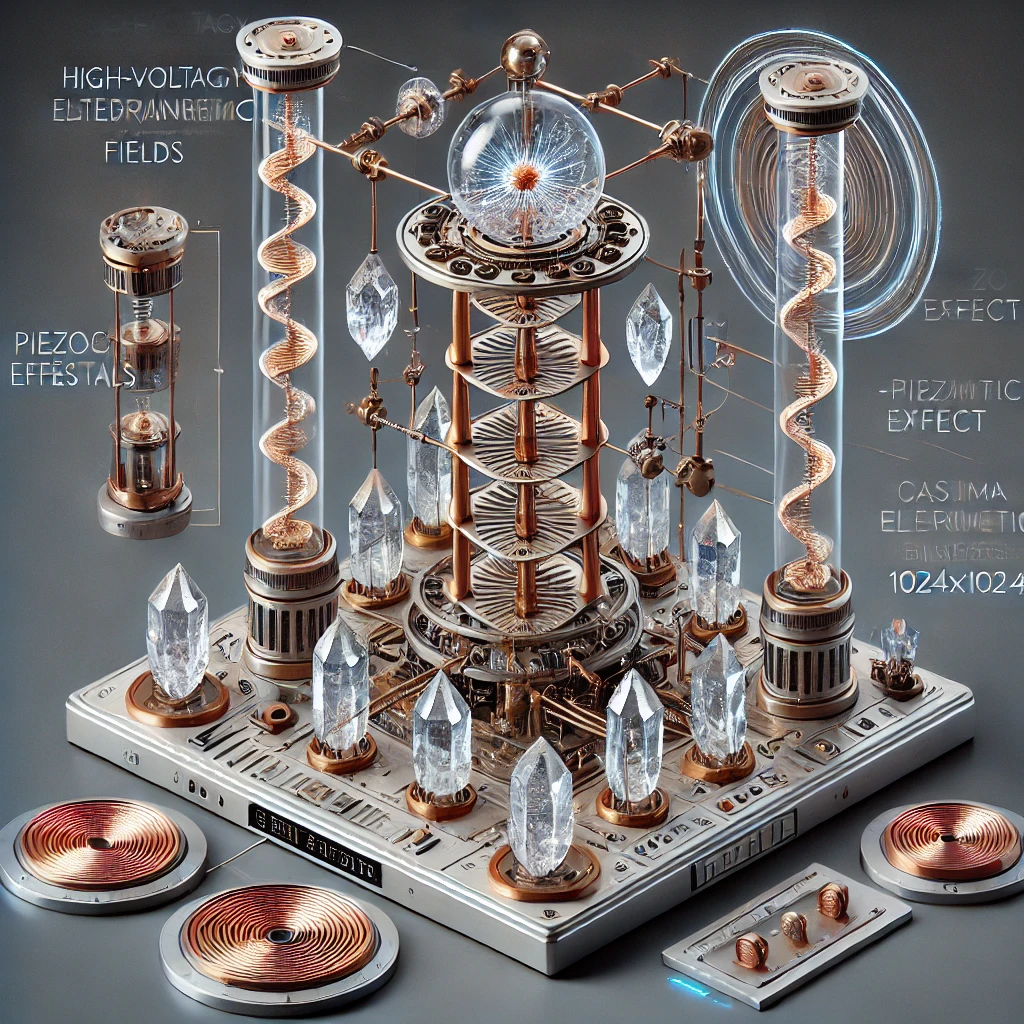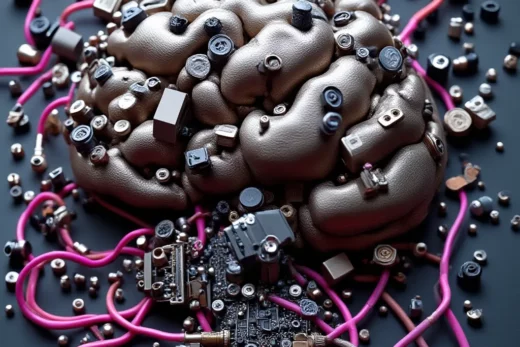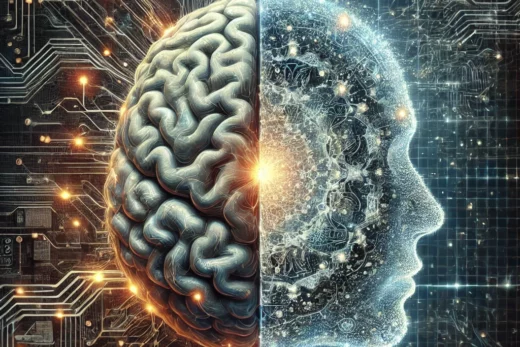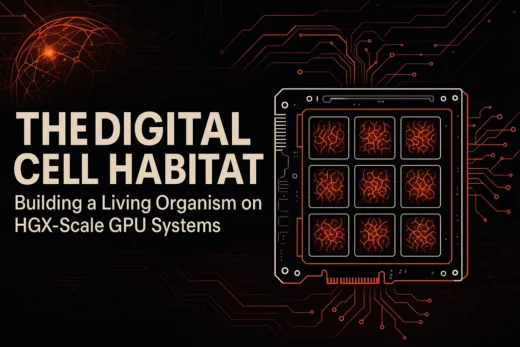
The potential of time travel captivates scientific curiosity, and recent ideas about electromagnetic resonance suggest that specific high-energy designs might facilitate time manipulation. Using a Jacob’s Ladder as the electromagnetic source, combined with piezoelectric materials, creates conditions theorized to alter the structure of space-time. Below, we explore key time manipulation theories and how these might relate to a resonance-based design.
1. The Kerr Ring Theory
Theory: Developed by Roy Kerr, this theory suggests that a massive, rapidly rotating object—such as a neutron star or black hole—can create a “frame-dragging” effect, causing space-time to spiral into a vortex.
Design Application: In a laboratory setting, simulating this effect would involve creating a rotating electromagnetic field, achieved by varying high-voltage pulses across an electromagnet within the Jacob’s Ladder. This simulated vortex could theoretically create frame-dragging effects similar to those around massive rotating objects, potentially influencing time flow locally within the experimental space.
2. Electromagnetic Cavity Resonance
Theory: Electromagnetic cavities can trap energy, producing standing waves that affect matter and energy fields in unexpected ways, as seen in high-frequency microwave resonators. These waves may theoretically disrupt the fabric of space-time on a micro scale.
Design Application: Setting up a controlled electromagnetic cavity with specific resonance frequencies within the Jacob’s Ladder might amplify electromagnetic oscillations and create resonance that “ripples” through space-time, potentially affecting the local passage of time.
3. Einstein-Rosen Bridge (Wormhole)
Theory: The Einstein-Rosen bridge, or “wormhole,” theorizes a connection between two distant points in space-time, theoretically allowing instantaneous travel through time or space.
Design Application: Combining high-voltage electromagnetic fields with a piezoelectric crystal, such as quartz, could, under extremely precise conditions, create or stabilize micro-wormholes. When piezoelectric materials are subjected to high-frequency oscillations, they can create immense energy within a localized space, theoretically providing the structure necessary to support micro-wormholes if such openings are even possible.
4. Quantum Tunneling and Probability Shifts
Theory: Quantum mechanics suggests particles can “tunnel” through seemingly impassable barriers due to shifts in probability, implying a potential for moving through different points in time.
Design Application: By pairing high-frequency oscillations with quantum-level electromagnetic fields in the setup, the experiment could approach the conditions theorized for quantum tunneling on a macro scale. Controlled vibrations, directed within a Jacob’s Ladder-enhanced environment, might encourage conditions where particles exhibit behaviors resembling temporal tunneling.
5. Casimir Effect and Negative Energy
Theory: The Casimir effect creates “negative energy” in the space between two closely placed conductive plates. Negative energy is theorized to play a key role in stabilizing wormholes and influencing space-time on a micro scale.
Design Application: By using conductive plates as part of the setup, closely spaced and aligned with the Jacob’s Ladder fields, the setup could theoretically mimic Casimir conditions. The surrounding electromagnetic pulses might introduce energy states conducive to minor time dilation effects, creating a localized reduction in time flow.
6. Harmonic Oscillation and Temporal Dissonance
Theory: Harmonic oscillations in high-energy settings are hypothesized to create “temporal dissonance”—an effect that may disrupt the perception or flow of time.
Design Application: Adjusting the Jacob’s Ladder oscillation frequency to align with the resonant frequencies of piezoelectric materials in the setup could theoretically create harmonic oscillations that resonate with the surrounding time-space continuum. Such a configuration could introduce temporal dissonance, potentially altering time perception or even creating slight shifts in time flow.
Postulating Time’s Resonant Frequency
Imagine time as having its own “resonant frequency,” a natural vibration underlying the progression of moments. If we assume that time oscillates at a specific frequency, matching this frequency could, theoretically, sync a system with the flow of time, allowing it to drift seamlessly along the timeline. However, if we disrupt this frequency—by introducing harmonic dissonance through electromagnetic or acoustic resonance—we might sever the connection between moments, producing temporal distortions.
Disrupting this frequency could hypothetically create “time waves,” rippling distortions that alter the rate of time for anything within the resonant field. Such disruptions could range from slight temporal shifts, like time dilation, to more extreme effects, such as micro time loops or temporal reversals within the field. In the experimental design using Jacob’s Ladder, fork-battery resonance, and piezoelectric materials, we may find that slight misalignments or shifts in frequency induce subtle but measurable temporal anomalies.
This idea hints at a frontier in theoretical physics, where mastering resonance could grant us unprecedented control over time flow, opening new doors in our understanding of time travel.
Conclusion
This exploration into high-voltage resonance and piezoelectric interaction remains speculative but serves as a novel approach to exploring time manipulation theories. A carefully controlled setup with a Jacob’s Ladder, piezoelectric materials, and precisely aligned energy fields could provide the right conditions to test these theories, pushing the boundaries of our understanding of time travel and space-time mechanics.



